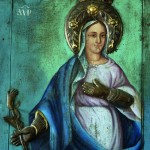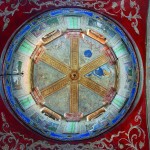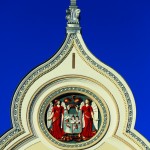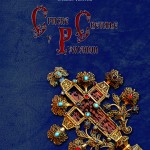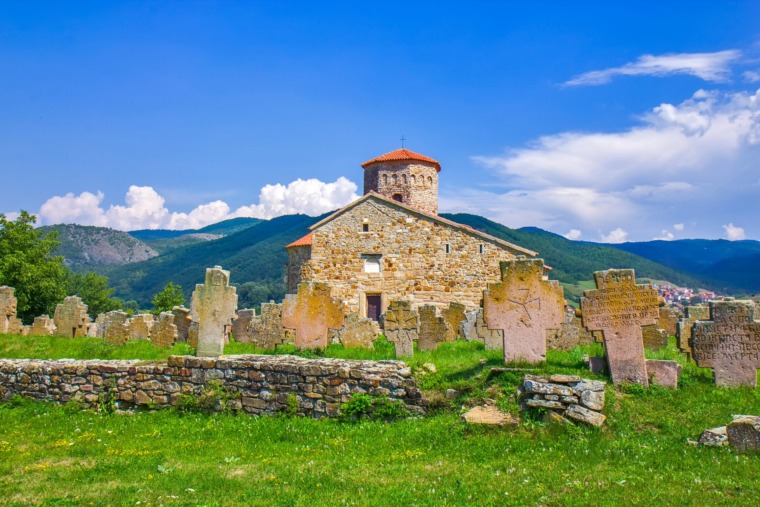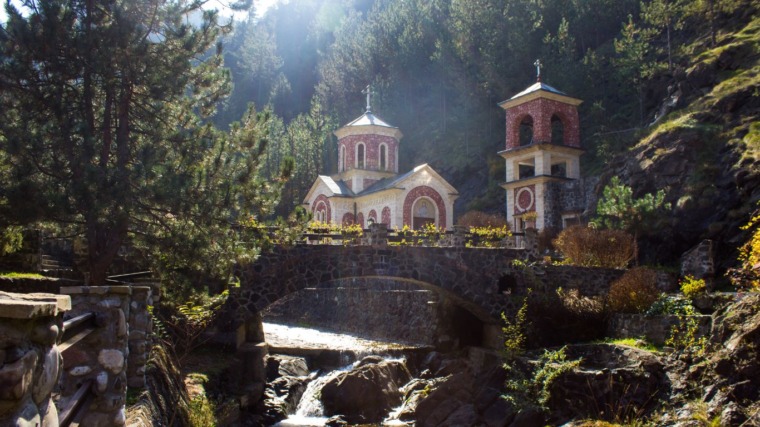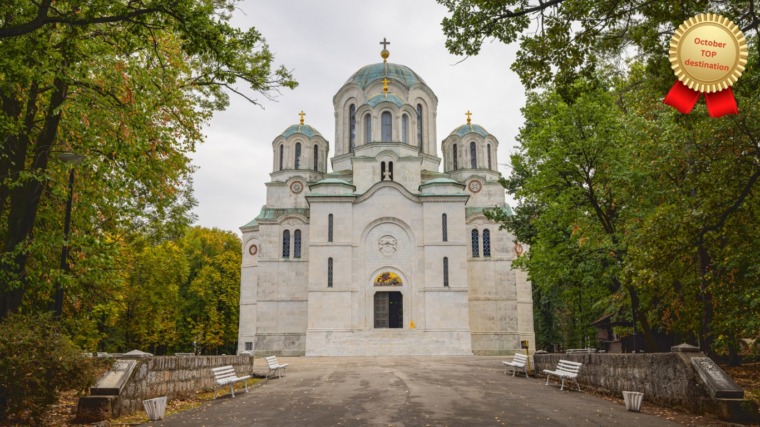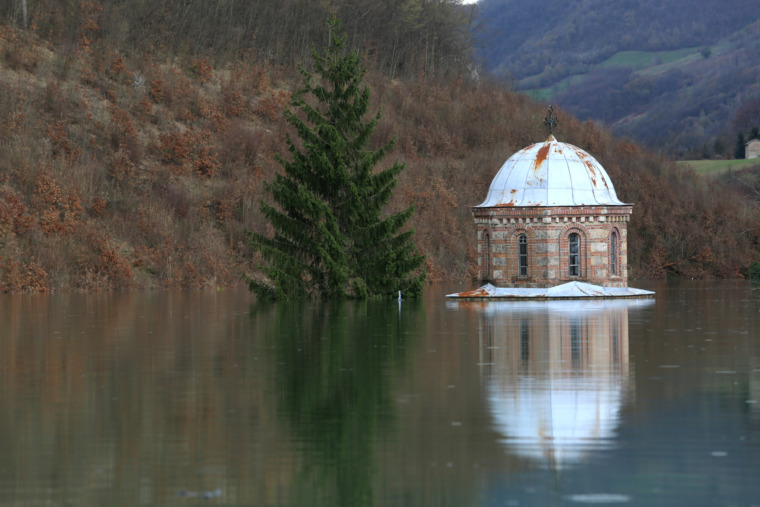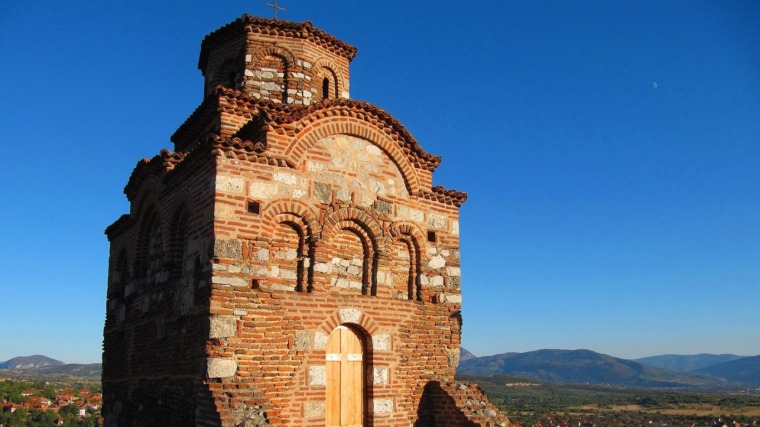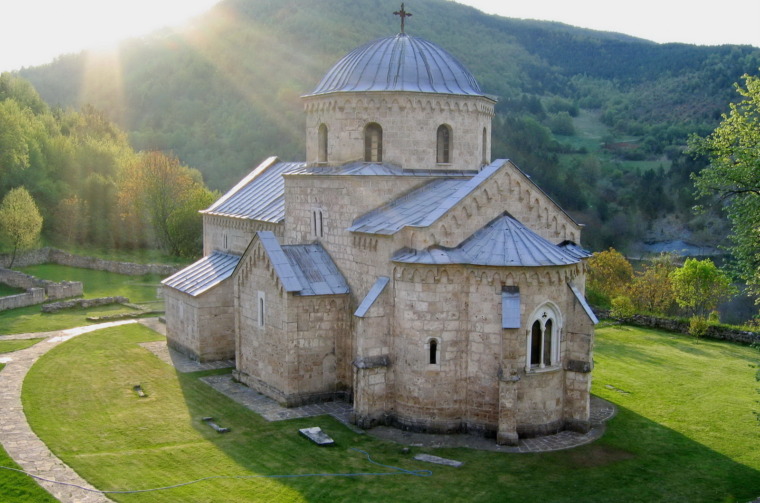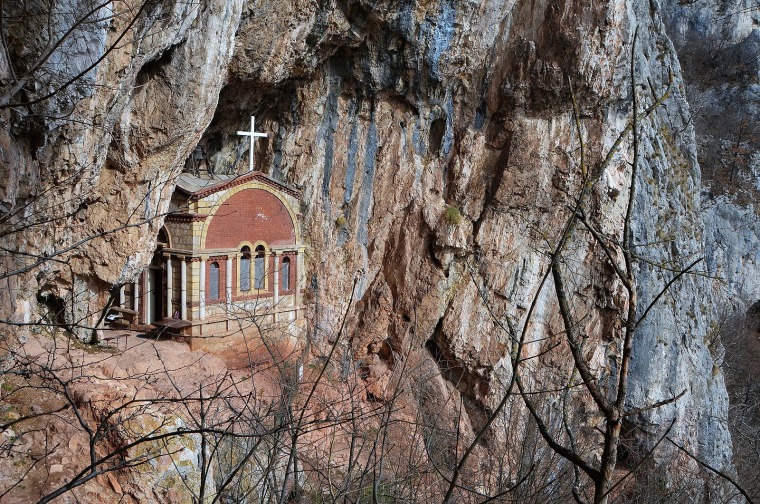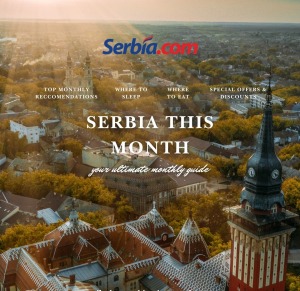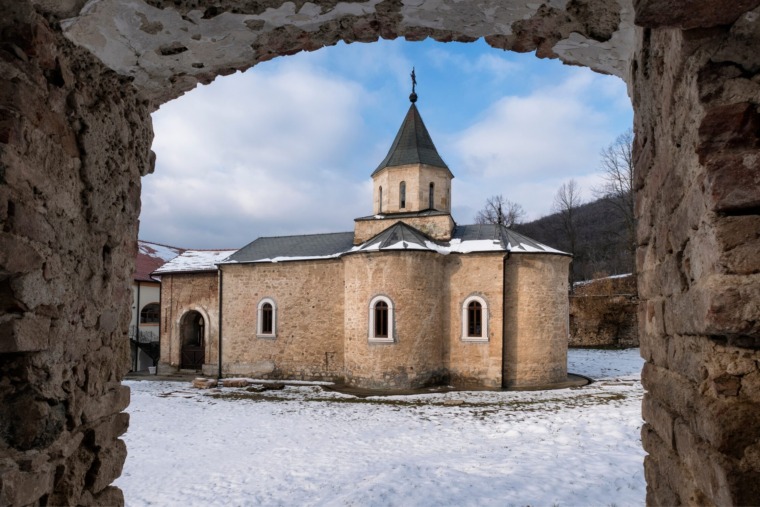
Almost unknown spiritual treasure of the Serbian Orthodox Church is located in the territory of neighbouring Romania. “Thank God, there was a man, who with his knowledge and skills, but above all a sense of understanding for the needs of our time, Mr. Stanko Kostić, created a book of Serbian holy places in Romania…” wrote Bishop of Timisoara Lukijan.
The photo monograph authored by Stanko Kostić was published by the Vojvodina Institute for Protection of Cultural Monuments in 2013. The preface of Professor Miodrag Jovanović, translated into four languages, and descriptions of churches and monasteries by art historian Dejan Radovanović are a concise study of the historical circumstances, architecture, influences and artistic achievements of builders of Serbian churches. This monograph is an excellent read for connoisseurs and lovers of sacred art, but is also an invitation “for many to go and meet the spiritual treasures of the Serbs ‘live’, either as pilgrims or as lovers of spiritual creativity,” Bishop Lukijan recommended to the readers.
BelGuest Magazine has for years presented to its readers the sacred heritage of Serbia. In meeting with this beautiful book that reveals a rich world of which we know very little, we wanted to introduce Stanko Kostić and his work.
STANKO KOSTIĆ – AN ART PHOTOGRAPHER
Photography was his occupation since school days. He participated in 84 collective and 43 individual exhibitions in Serbia and abroad. He has won numerous awards (including two annual awards of ULUPUDUS).
Many of his photographs and reports were published in numerous magazines, books and monographs (Serbia, Beautiful Forests of Serbia, Icon Painting at Vranje Diocese, Temple of Holy Mother Assumption in Pančevo, the Beočin Monastery.
He is the author of more than 30 thematic calendars on old crafts, old Serbian medals, facades of Belgrade buildings, national architecture of Eastern Serbia…
Particular inspiration he is finding in his birthplace, by photographing the Homolje Mountains, the mountains Beljanica and Kučaj, the Mlava and Resava river basin, national costumes and customs.
“I am passionately interested in the Serbian culture and tradition. So the road led me to Szentendre, where I met Bishop Lukian, who gave me some new guidelines for research. He blessed my travel to the Timisoara eparchy, and for two years – from 2003 to 2004 – I made almost two thousand photos. I visited the Arad, Socol and Timisoara regencies and photographed 59 churches and five monasteries. I used to record everything: church architecture, fresco painting, icon painting, people’s life and customs. At the beginning, I did not encounter an understanding of publishers. Only when an iconostasis of the church in Ciacova – a hometown of notable Serbian educator Dositej Obradović, was accidentally damaged in fire, people from the Provincial Institute for the Protection of Cultural Monuments found me somehow, as they did not have qualitative photos to help them reconstruct the burned iconostasis. This is how this book evolved.”

Asked which churches and monasteries he would recommend as inevitable places to visit and what has remained recorded in his eye as “the most beautiful of all beauties”, Stanko Kostić says: “Serbian baroque and classicism in an icon and wall painting distinguishes us from the Catholic baroque. In churches and monasteries worked our best painters, icon painters and woodcarvers of that time – Andreja Andrejević , Jakov Orfelin, the first Serbian academically educated painter, the Aleksić icon painting dynasty, from Nikola to his grandson Stevan, Konstantin Danil, Jovan Isajlović Senior, the Janićs carvers from Arad. I will quote a top-class expert on the epoch who has said that carvings of the church of Bezdina are ‘such a baroque that they could be equally exported to Rubens and Bernini’s home countries’. As for my recommendation, the Church of St. Peter and Paul in Arad should certainly be visited, where great man of our history and nobleman Sava Tekelija was buried. In Timisoara, there is our Orthodox Cathedral with an eparchial court at the Union Square, and there are the Mehala and Fabric quarters as well. I have been inspired by slightly poorer churches located in a fascinating area of the Iron Gates in the Socol regency.”
By Milena Mihaljčić

